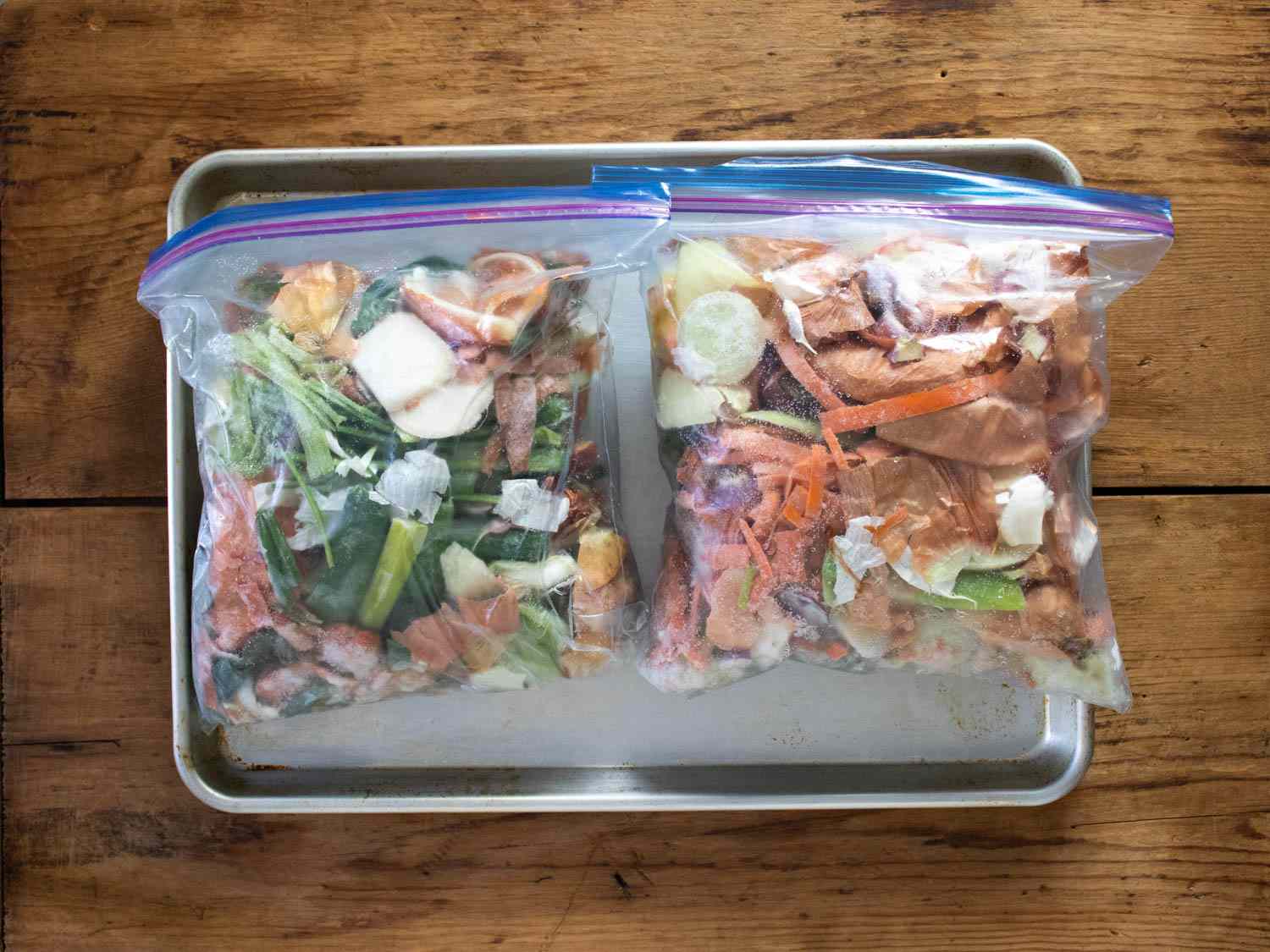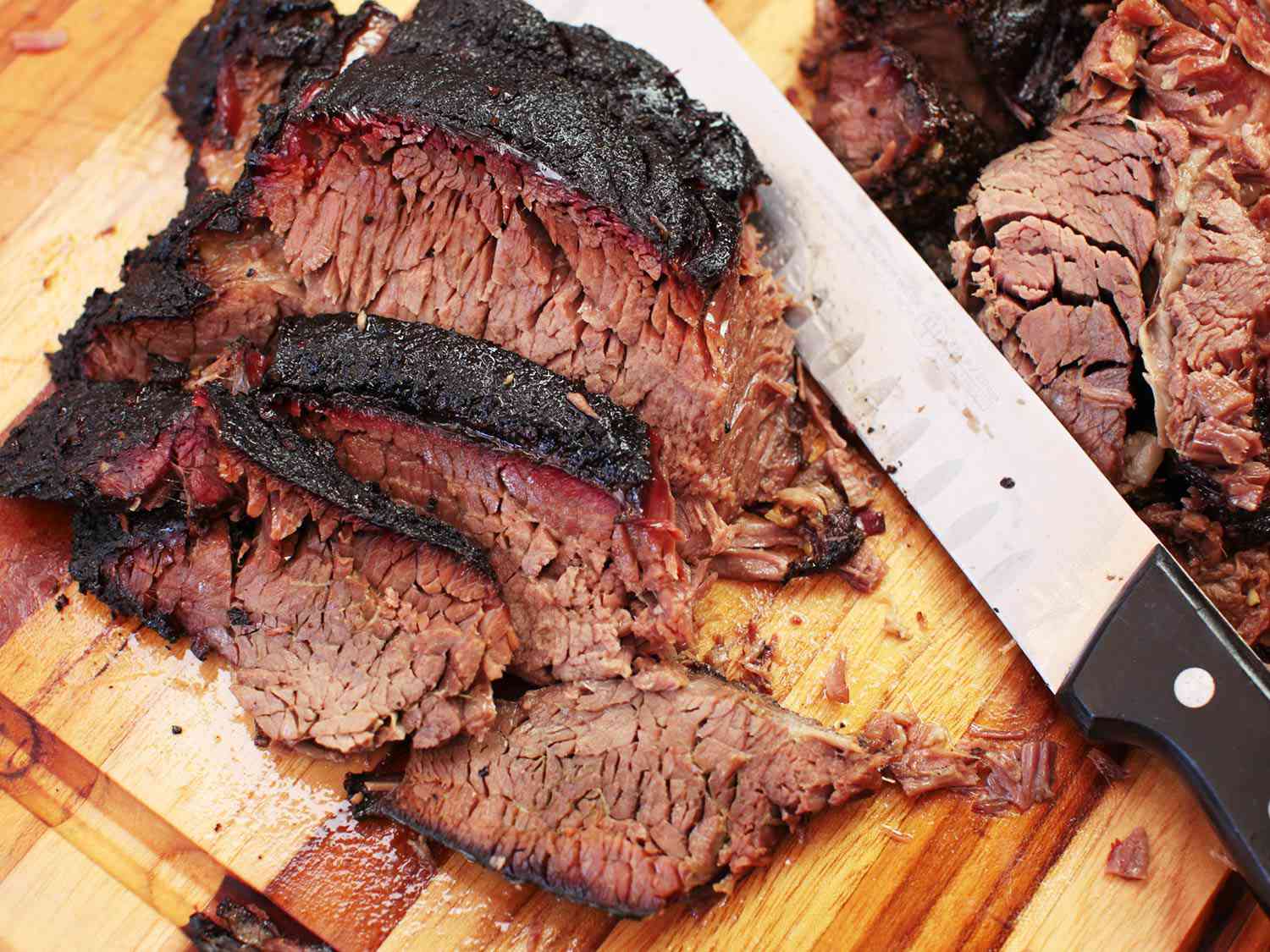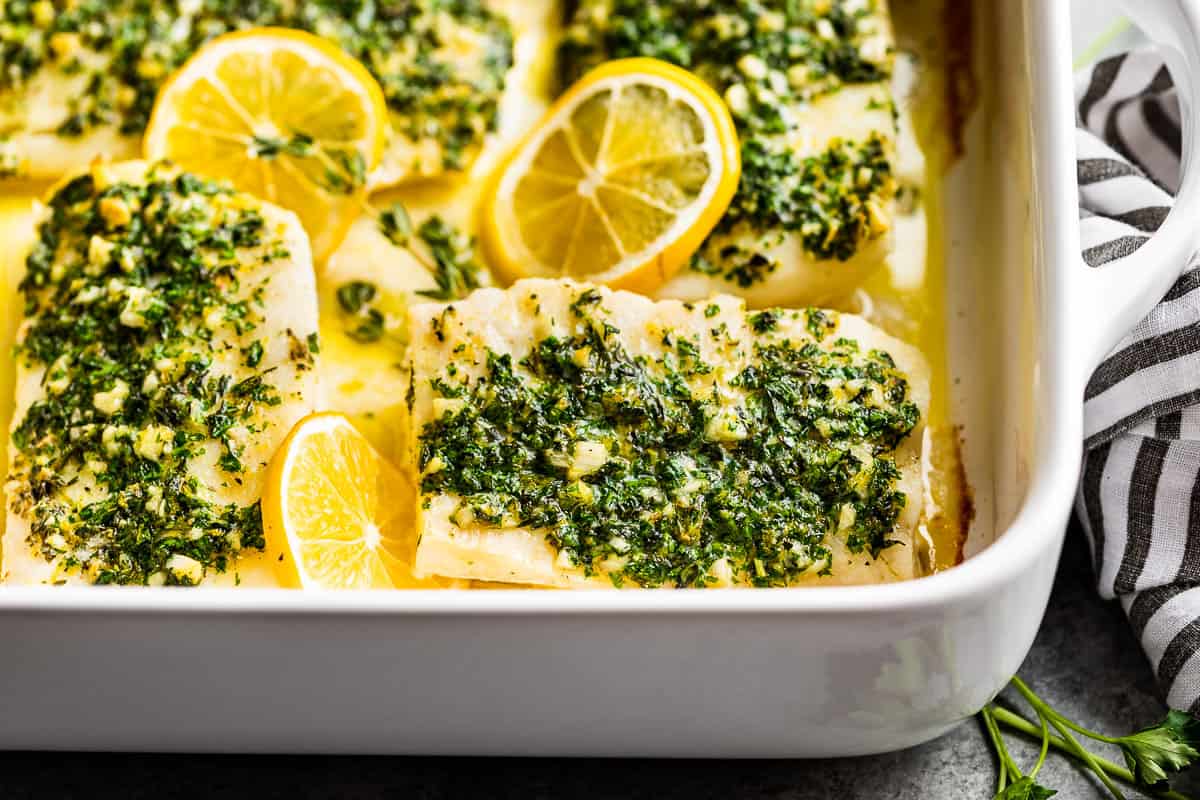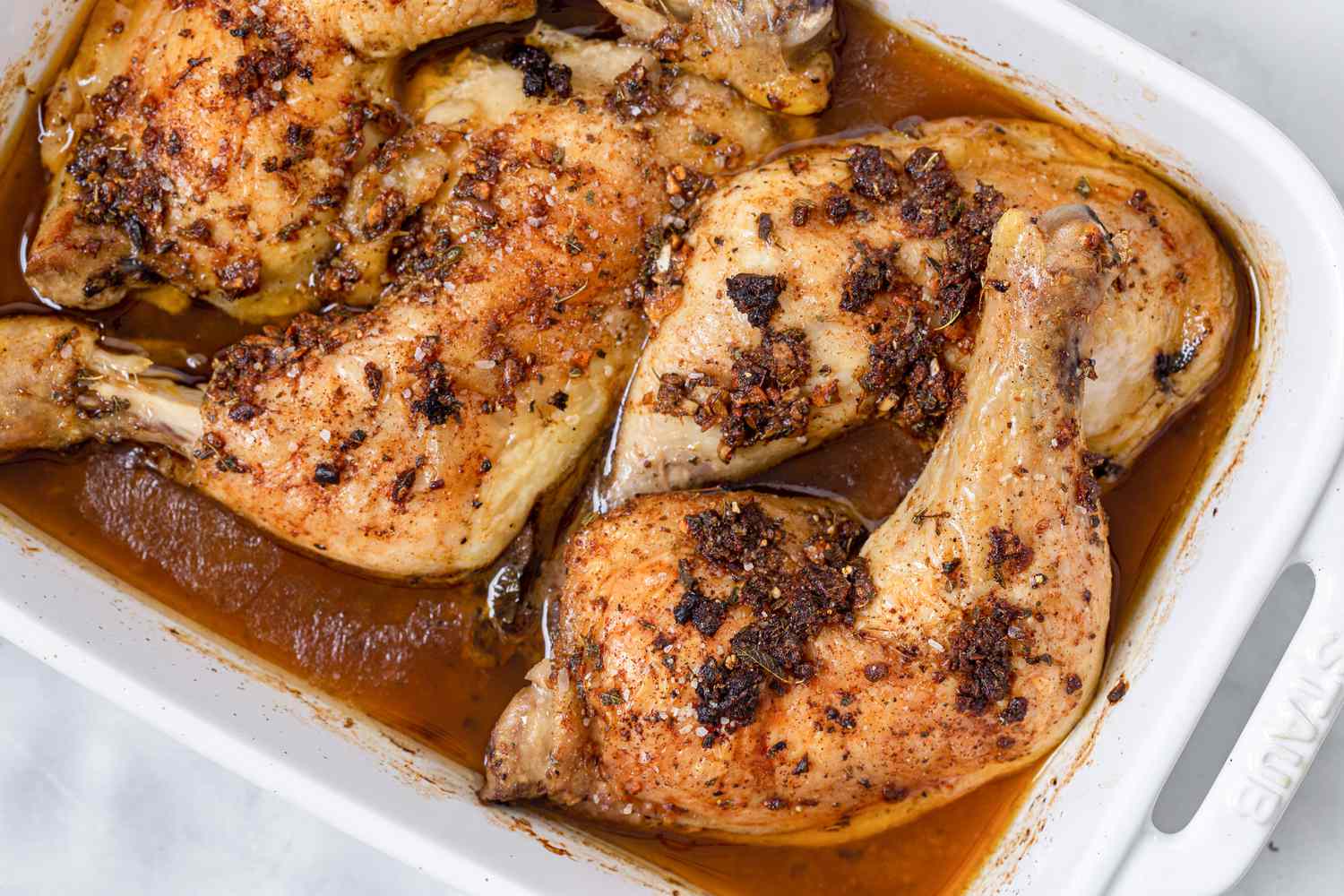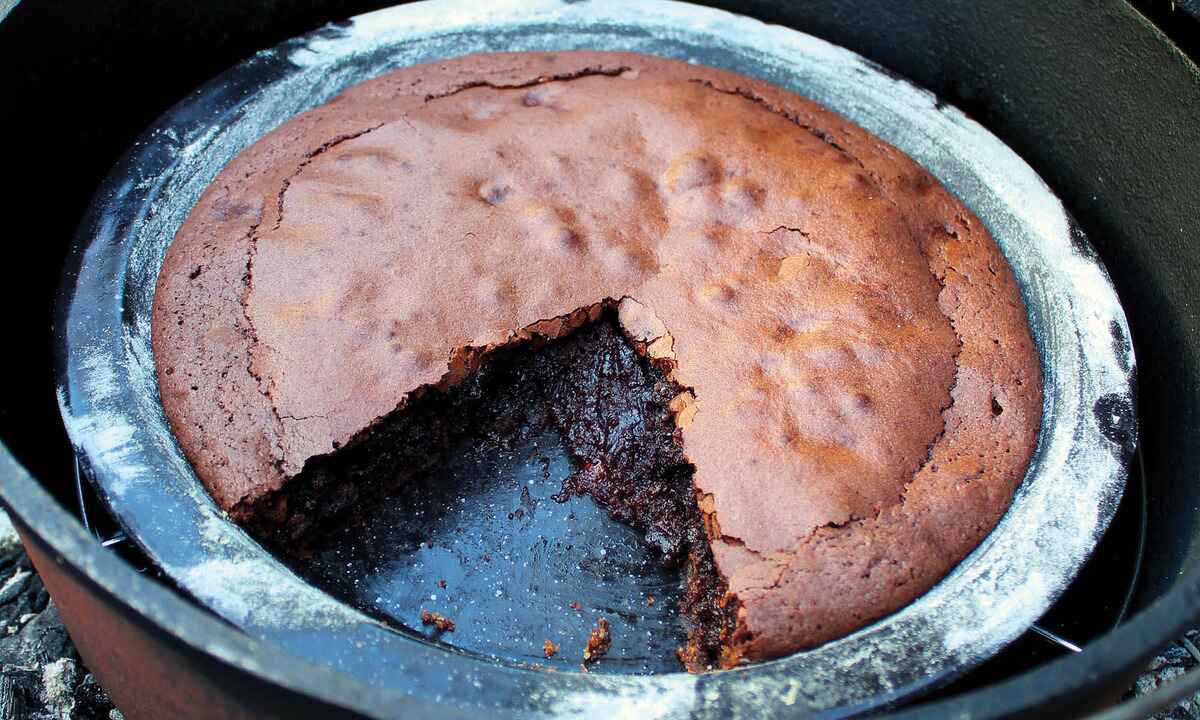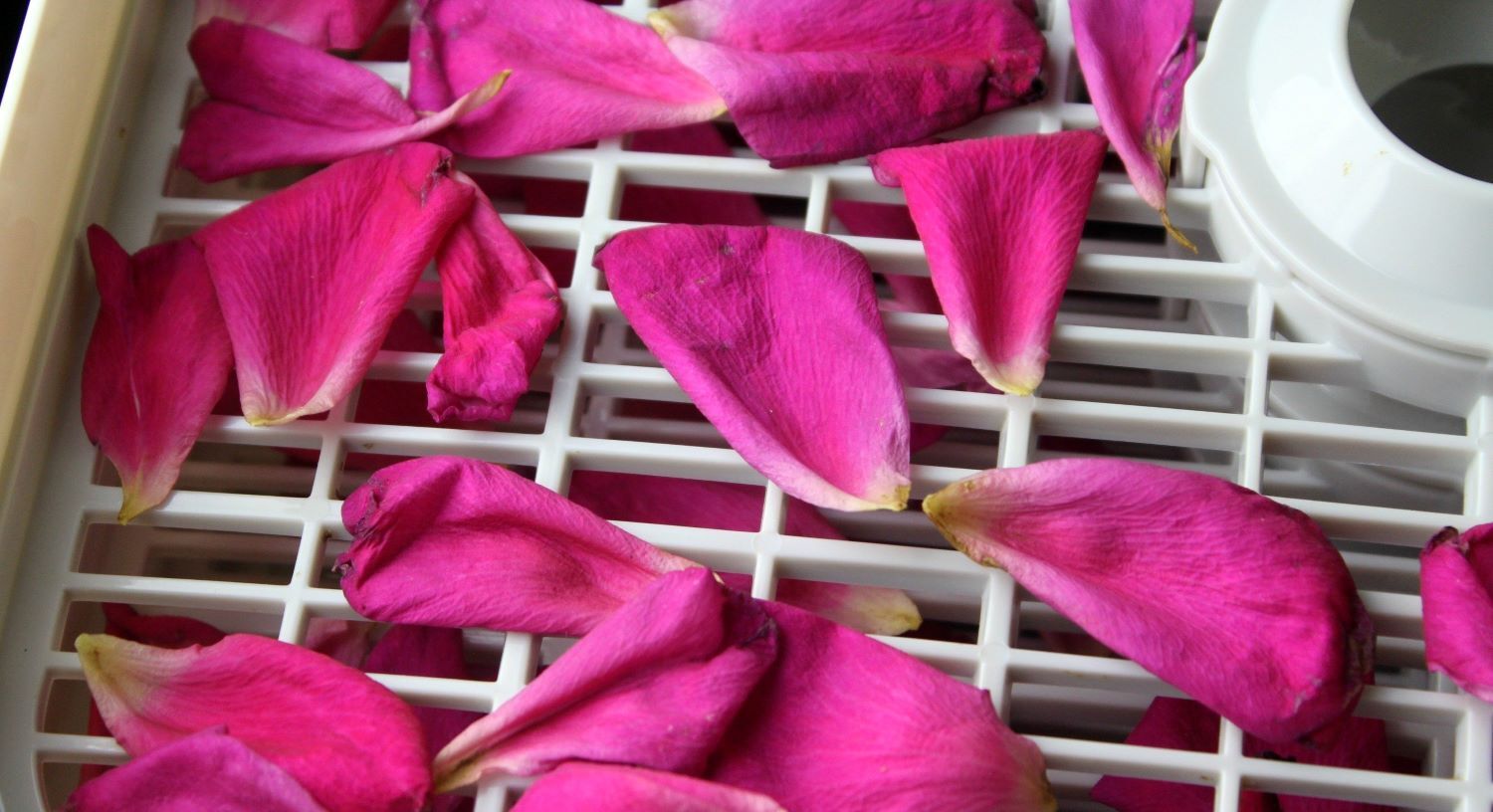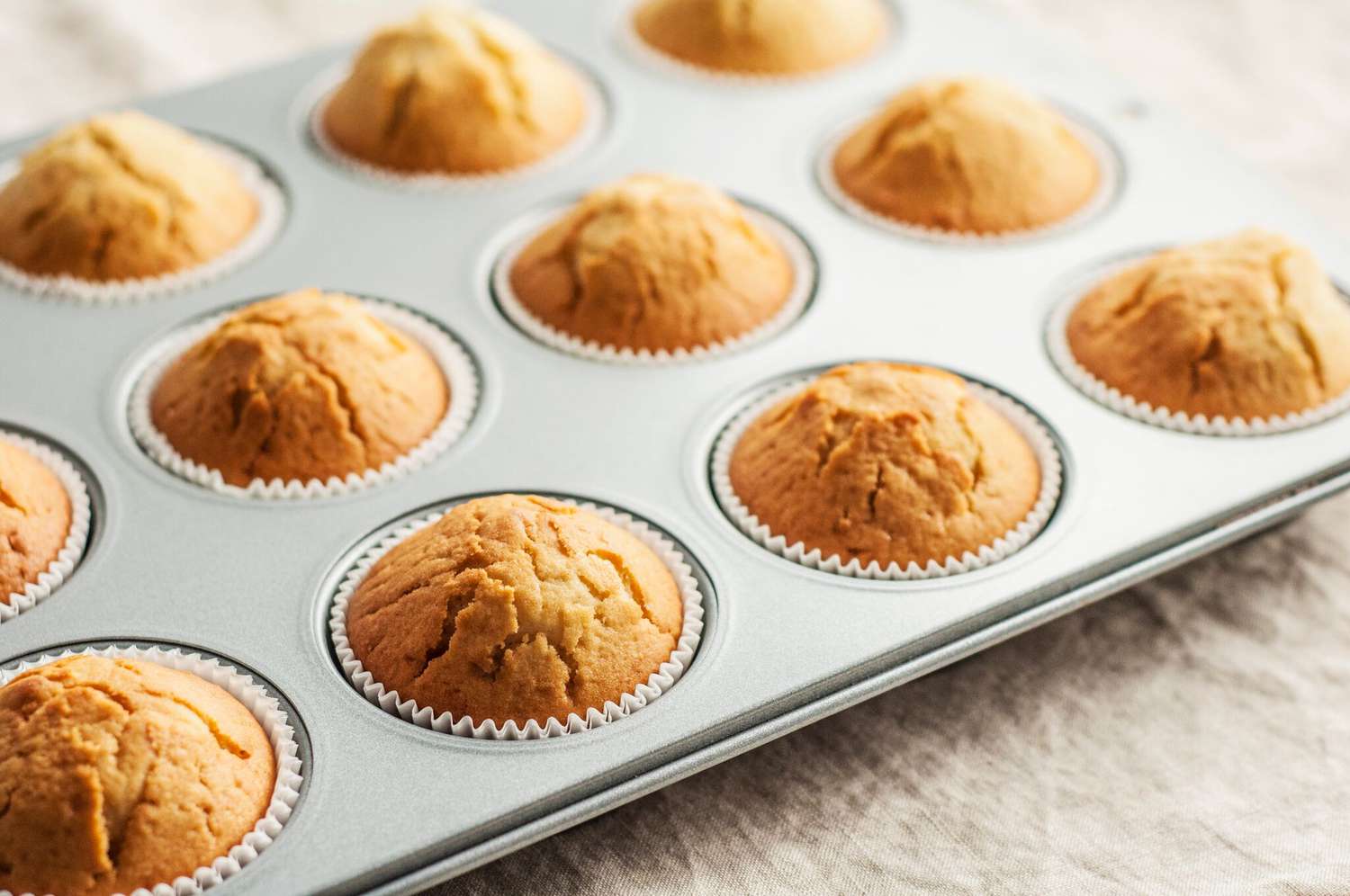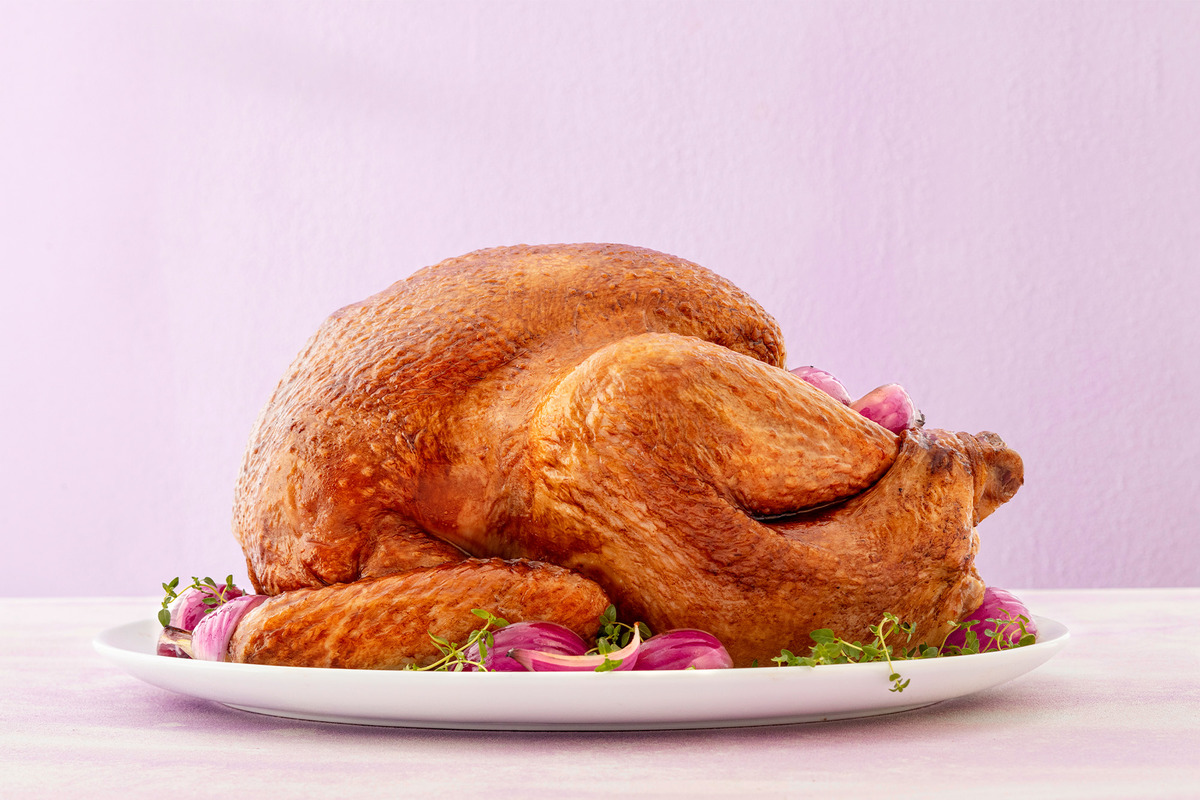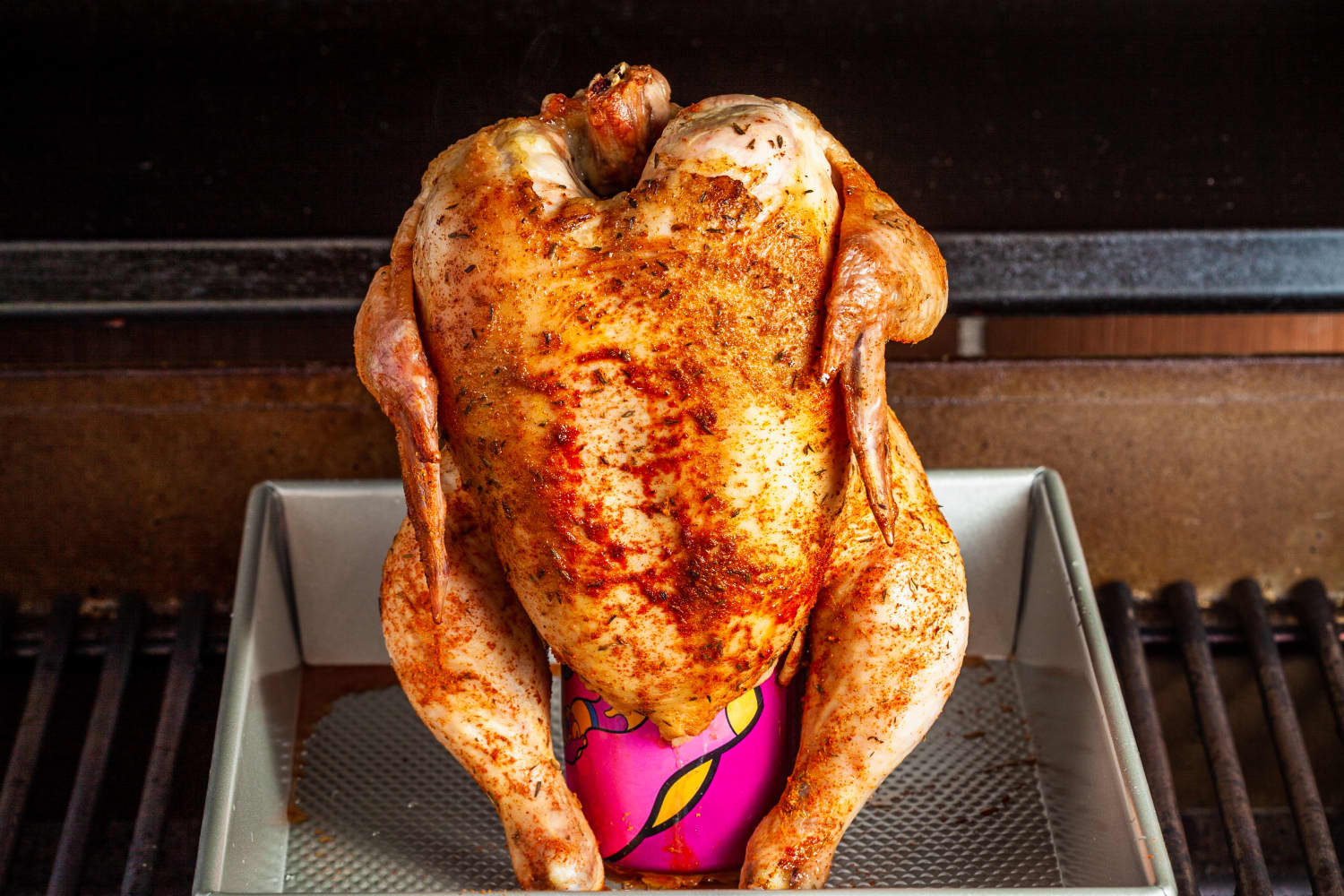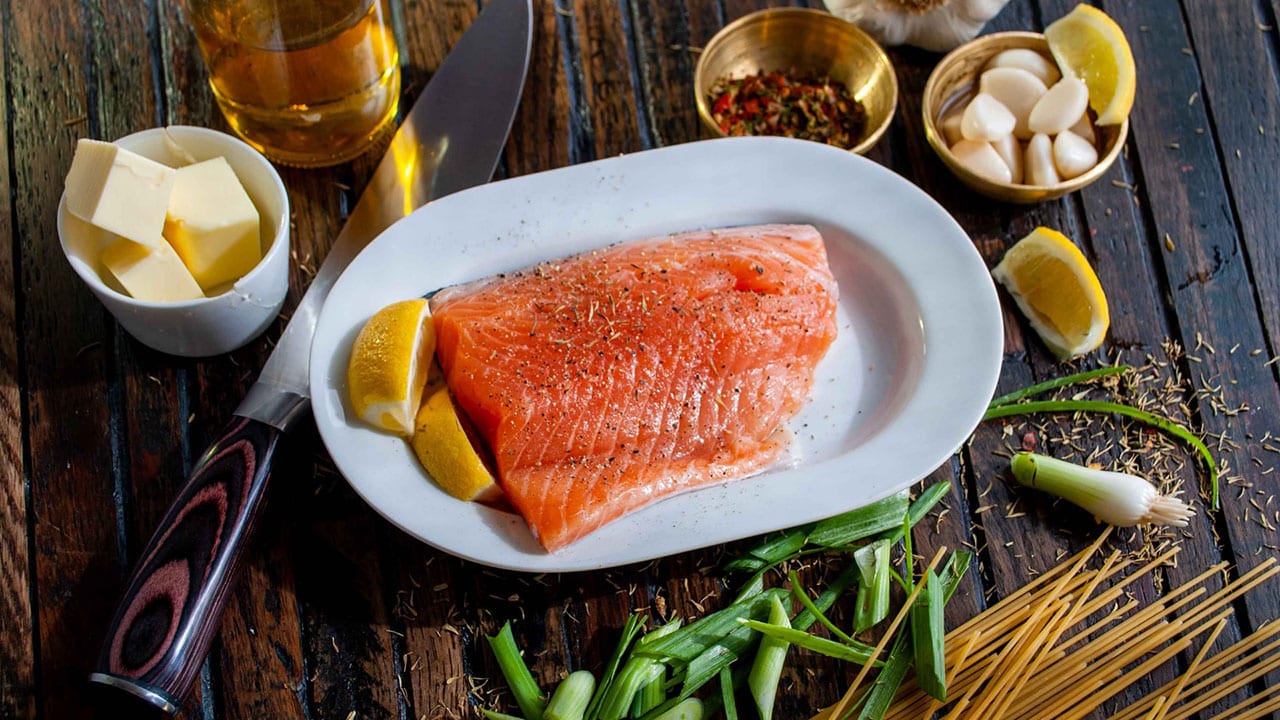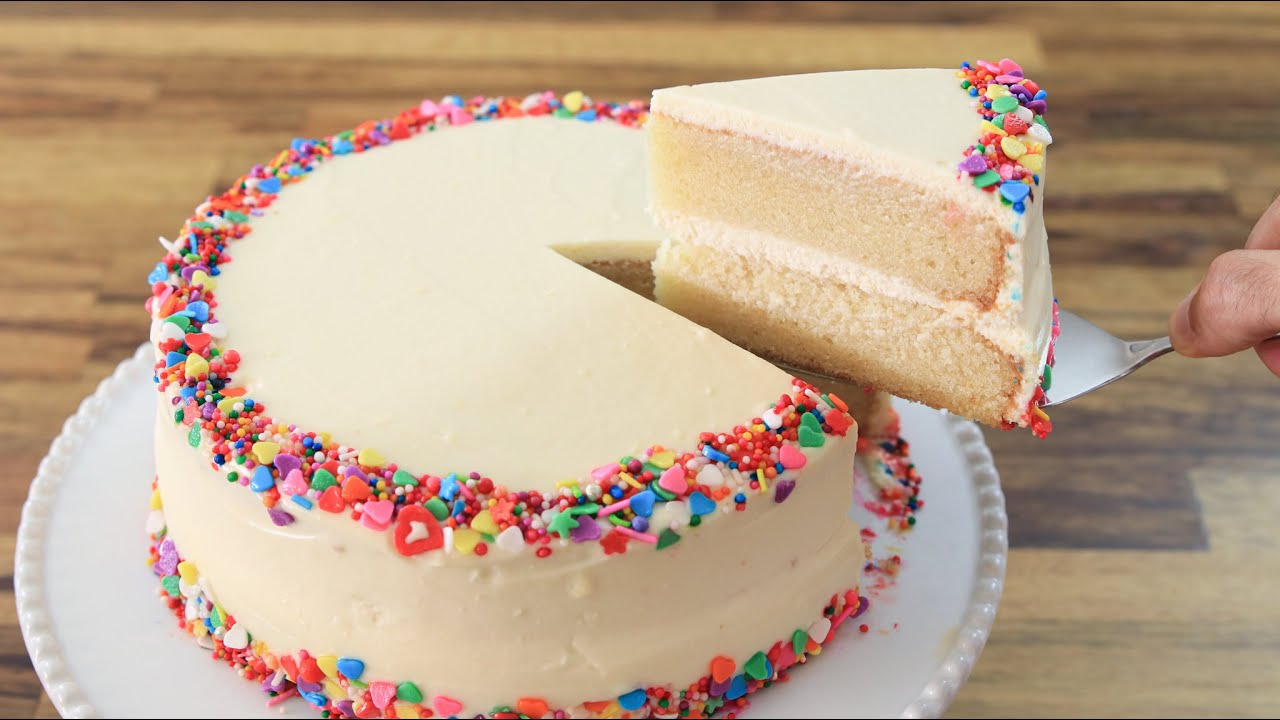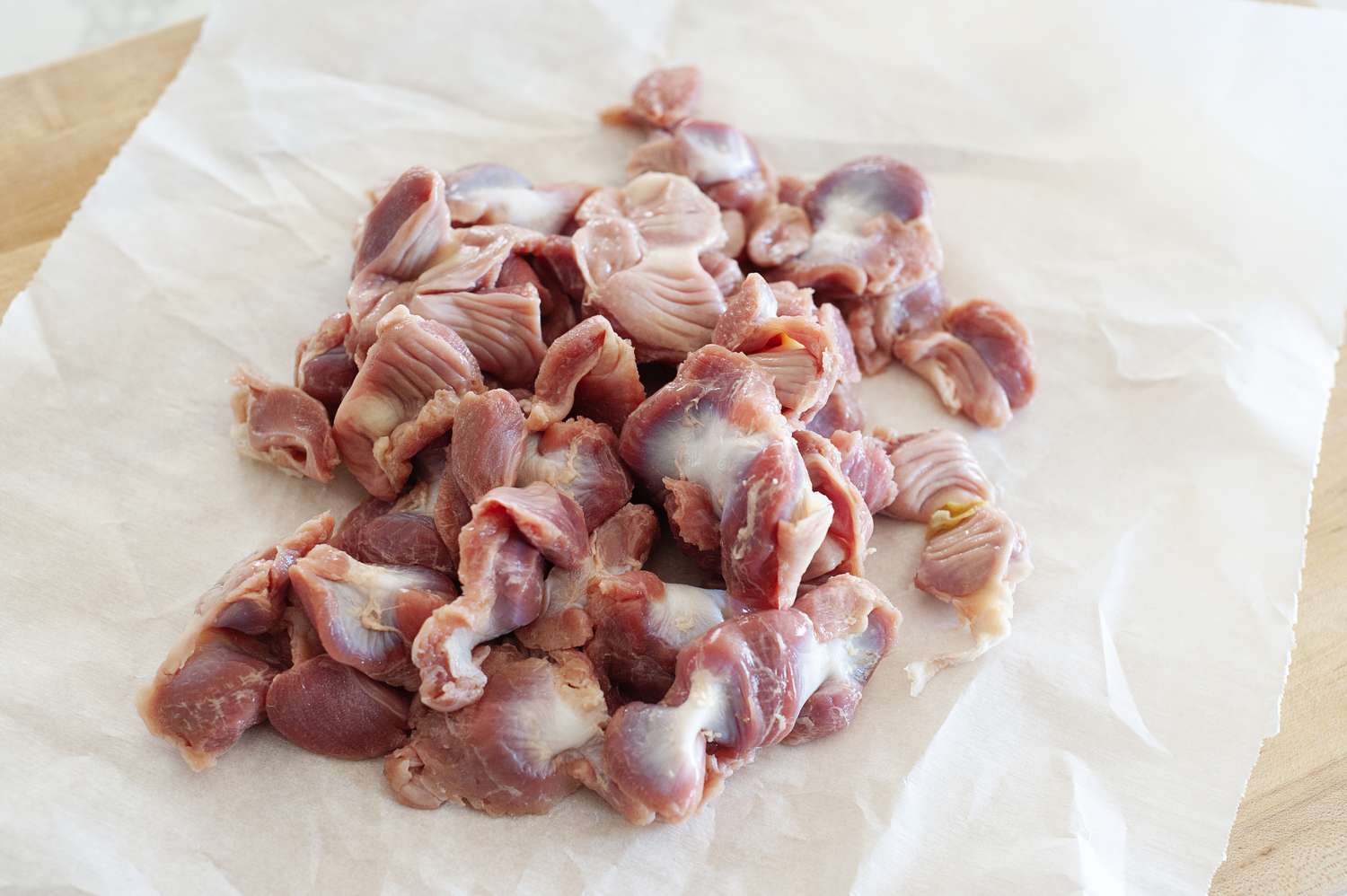A Primer on Every Single Type of Yeast for Baking
When it comes to baking, yeast is an essential ingredient that brings life and flavor to our favorite breads, pastries, and more. But with so many different types of yeast available, it can be overwhelming to know which one to choose for your recipes. Fear not, fellow bakers! In this comprehensive guide, we’ll walk you through every single type of yeast for baking, explaining their characteristics, and helping you make the perfect selection for your next culinary masterpiece.
1. Active Dry Yeast
Starting off with a classic, active dry yeast is a widely used option for baking. It typically comes in small granules and requires proofing in warm liquid before use. Once activated, active dry yeast produces a strong and consistent rise, making it ideal for bread baking.
2. Instant Yeast
With the advent of instant yeast, baking has become more convenient than ever. Also known as rapid-rise yeast, instant yeast dissolves and activates quickly in recipes without the need for proofing. It provides a fast rise and is perfect for those who want to whip up fresh bread in a shorter amount of time.
3. Fresh Yeast
If you prefer a more traditional approach to baking, fresh yeast is worth considering. Commonly sold in compressed cakes or blocks, fresh yeast requires refrigeration. It has a higher water content and provides a distinctive yeast flavor, making it popular among professional bakers.
4. Bread Machine Yeast
Designed specifically for use in bread machines, this type of yeast is finely granulated and provides consistent results in automated bread-making processes. Bread machine yeast is highly active and perfect for those who rely on their trusty bread machines to create delicious loaves.
5. Pizza Yeast
For all the pizza enthusiasts out there, pizza yeast is a game-changer. It is a blend of instant yeast with additional ingredients like dough relaxers and sugar, which gives the dough a quick, puffy rise and enhances the flavor. Say goodbye to takeout and hello to homemade pizza perfection!
6. Sourdough Starter
While not technically yeast, sourdough starter is a natural leavening agent that adds a distinct tangy flavor to bread. Made from a mixture of flour and water, sourdough starter undergoes fermentation, creating wild yeast and bacteria. It requires regular feeding and attention, but the results are worth it.
7. Cake Yeast
As the name suggests, cake yeast is commonly used in cake recipes. It has a creamy texture and is more delicate than other types of yeast. Cake yeast provides a tender crumb and a subtle yeasty flavor, perfect for producing light and fluffy cakes.
8. Brewer’s Yeast
Although primarily used in brewing beer, brewer’s yeast can also be used in baking. It has a bitter taste and is often sold as a nutritional supplement due to its high protein content. Brewer’s yeast adds a unique flavor to bread and can be a great option for experimentation.
9. Nutritional Yeast
While not a leavening agent, nutritional yeast deserves a mention for its versatility in the kitchen. It is typically sold as flakes or powder and is known for its nutty, cheesy flavor. Nutritional yeast is commonly used as a vegan substitute for cheese and can add a delicious umami taste to baked goods.
Now that you have a primer on every single type of yeast for baking, you can confidently explore new recipes and experiment with different flavors and textures. Whether you prefer the convenience of instant yeast or the traditional charm of fresh yeast, each type brings its unique qualities to the table. Happy baking!
Was this page helpful?
Read Next: Halloween Bundt Cake
